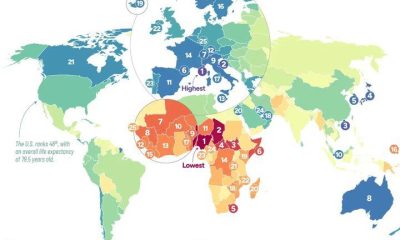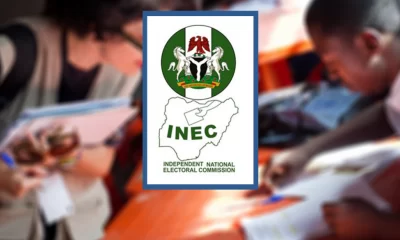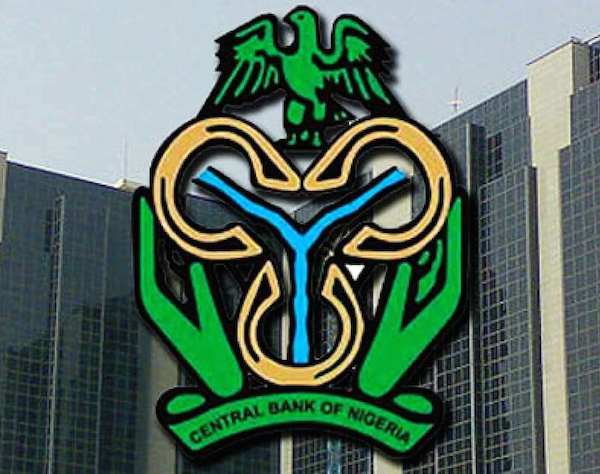Emefiele will unfold its plans for 2019 in the first Monetary Policy Committee (MPC) meeting scheduled for January 21 to 22, 2019.
The Director, Corporate Communications at the Central Bank, Isaac Okorafor, disclosed this in a statement made available to the public.
It would be recalled that the MPC had left the Monetary Policy Rate (MPR) at 14% and all other variables unchanged. Liquidity ratio was left at 30%, Cash Reserve Ratio at 22.5%, and the asymmetric corridor unchanged at +200/-500 basis points. The MPR was left at 14% for 18th time running.
Economists, analysts, investors and financial experts across the globe eagerly await the monetary policy reports and outcome of the meetings involving monetary policy decision-making. Such developments have a long-lasting impact on the overall economy, as well as on specific industry sector or market.
Moreso, the monetary policy impacts the important facets of the economy, which include attempts to achieve stability/rise in gross domestic product (GDP) growth rate, maintain low rates of unemployment, support overall economic or sector-specific growth, and maintain foreign exchange rates in a predictable range.
Monetary policy consists of the process of drafting, announcing and implementing the plan of actions taken by the CBN that determines the scope and impact of the key drivers of the Nigerian economy.
Monetary policy involves the management of the money supply and interest rate and is the demand side economic policy used by the government to achieve macroeconomic objectives like inflation, consumption, growth and liquidity.
Activities which are integral to monetary policy consists of management of money supply and interest rates which are aimed at achieving macroeconomic objectives like controlling inflation, consumption, growth and liquidity. These are achieved by actions such as modifying the interest rate, buying or selling government bonds, regulating foreign exchange rates, and changing the amount of money banks are required to maintain as reserves.

 Comments and Issues1 week ago
Comments and Issues1 week ago
 Latest7 days ago
Latest7 days ago
 Latest1 week ago
Latest1 week ago
 Comments and Issues1 week ago
Comments and Issues1 week ago
 Uncategorized6 days ago
Uncategorized6 days ago
 Labour1 week ago
Labour1 week ago
 Business6 days ago
Business6 days ago
 Business5 days ago
Business5 days ago

